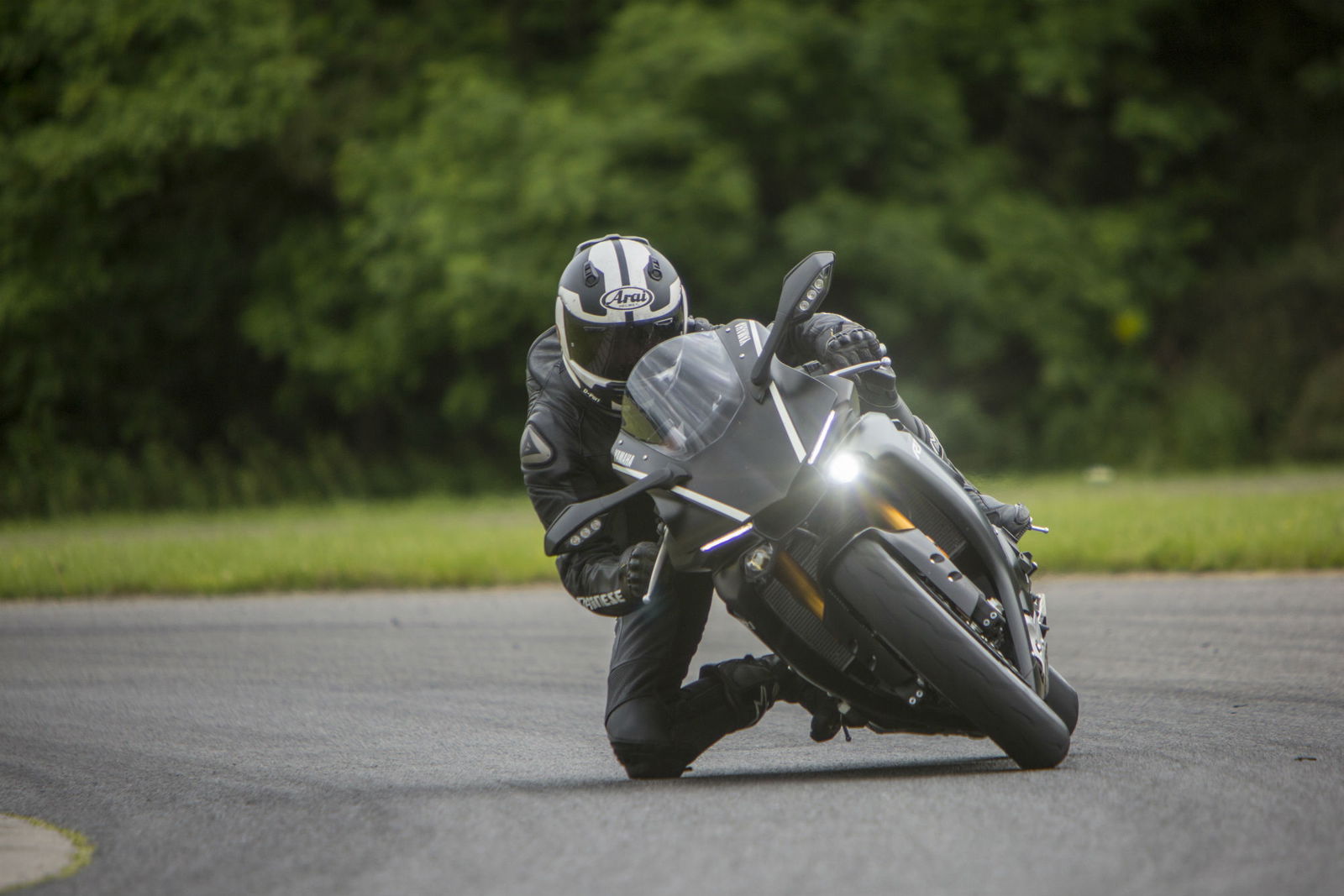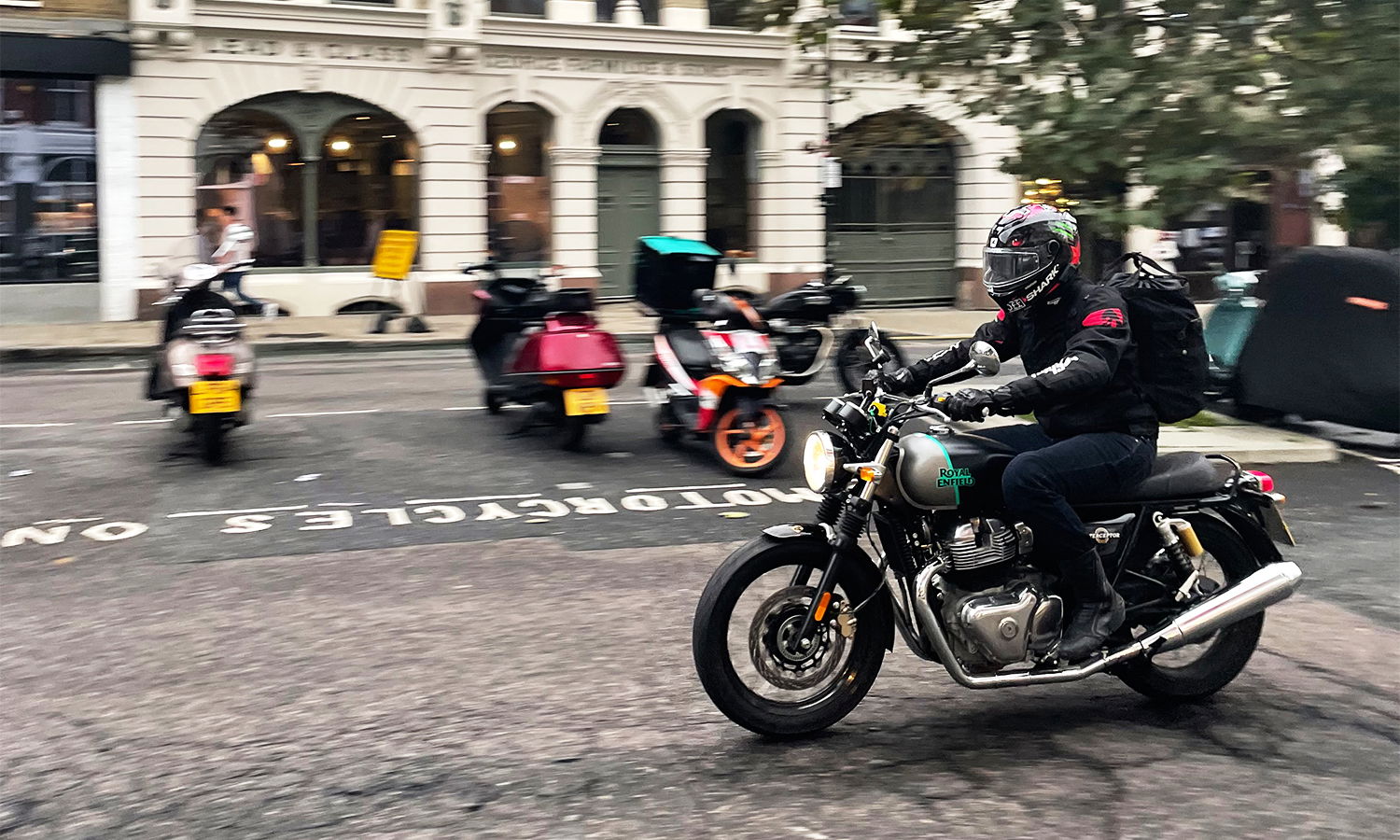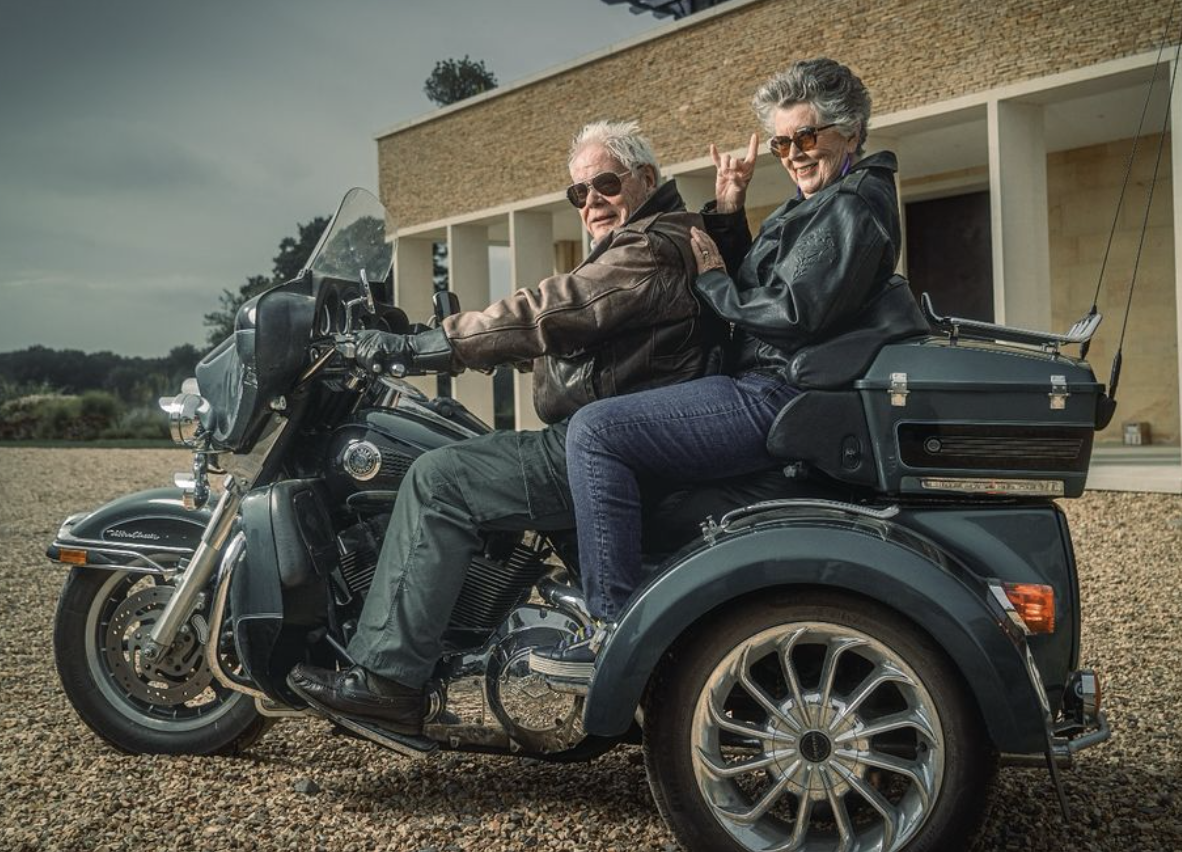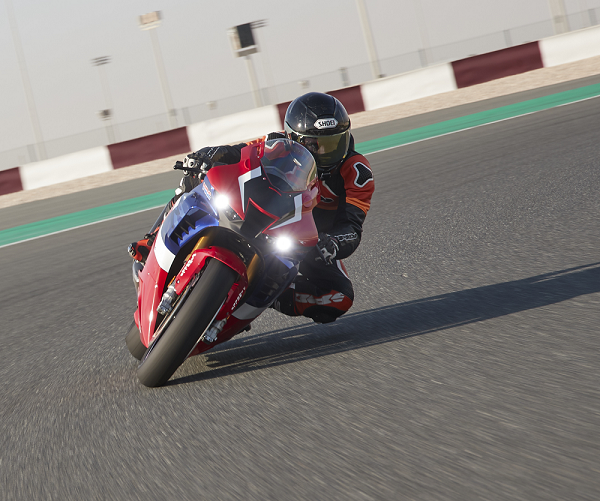Yamaha Working on Anti-Dive and Anti-Squat Semi-Active Suspension
The system, which seems to be aimed at the high-performance end of the Yamaha range, could improve stability when braking and accelerating

Yamaha could be looking to bolster its semi-active suspension-equipped bikes with an update that could mitigate dive and squat.
The two forces that cause each situation are braking and accelerating. While braking (especially the front brake), the weight of the rider and the bike are transferred to the front wheel, compressing the suspension and tyre and increasing the load transmitted through the front tyre to the road. While accelerating the opposite happens, and the torque being transmitted through the rear wheel wants to twist the bike on its axis, causing the rear suspension to compress and the front wheel to go light.
Some dive under braking and squat under acceleration is not a bad thing, and as riders, we’ve evolved to feel comfortable with the bike pitching back and forward as speeds increase and decrease. There is some evidence that removing these characteristics can actually negatively impact the riding experience, which is why some riders describe hub-steering bikes (like the Yamaha GTS1000 and Bimota Tesi) as having front ends that lack feel and feedback.

Some of the advantages of reducing dive and squat using semi-active suspension is that you can use a slightly softer and more compliant setting for those times when the bike isn’t standing on, or attempting to lift, its nose. When setting up manual suspension for riding on track, you have to find a compromise between a firm enough setting so the bike won’t bottom out or squat too much, but not so firm that the bike could feel like it’s riding on a knife-edge.
Yamaha is looking to lean on its semi-active to further mitigate dive and squat, and the reporting on this comes from patents unearthed by our friends across the pond at RideApart. It is worth noting though that this very technology is already a feature of the top-spec (and soon to be discontinued in some markets) R1M, so it’s not clear if this patent relates to a honing of that technology for its 1,000cc sports bike (which you can still buy in the USA) or if it is lining it up for use on one of it’s other models in the range.
.jpg?width=1600)
The 2025 Yamaha R9 (when/if they make it) with fully semi-active suspension would certainly be an exciting prospect, and could elevate it from being just another new-breed sports bike to the one that people actually want. For the other models in the range though, bikes like the R7 and recently released XSR900 GP, it might be a bit of overkill.


